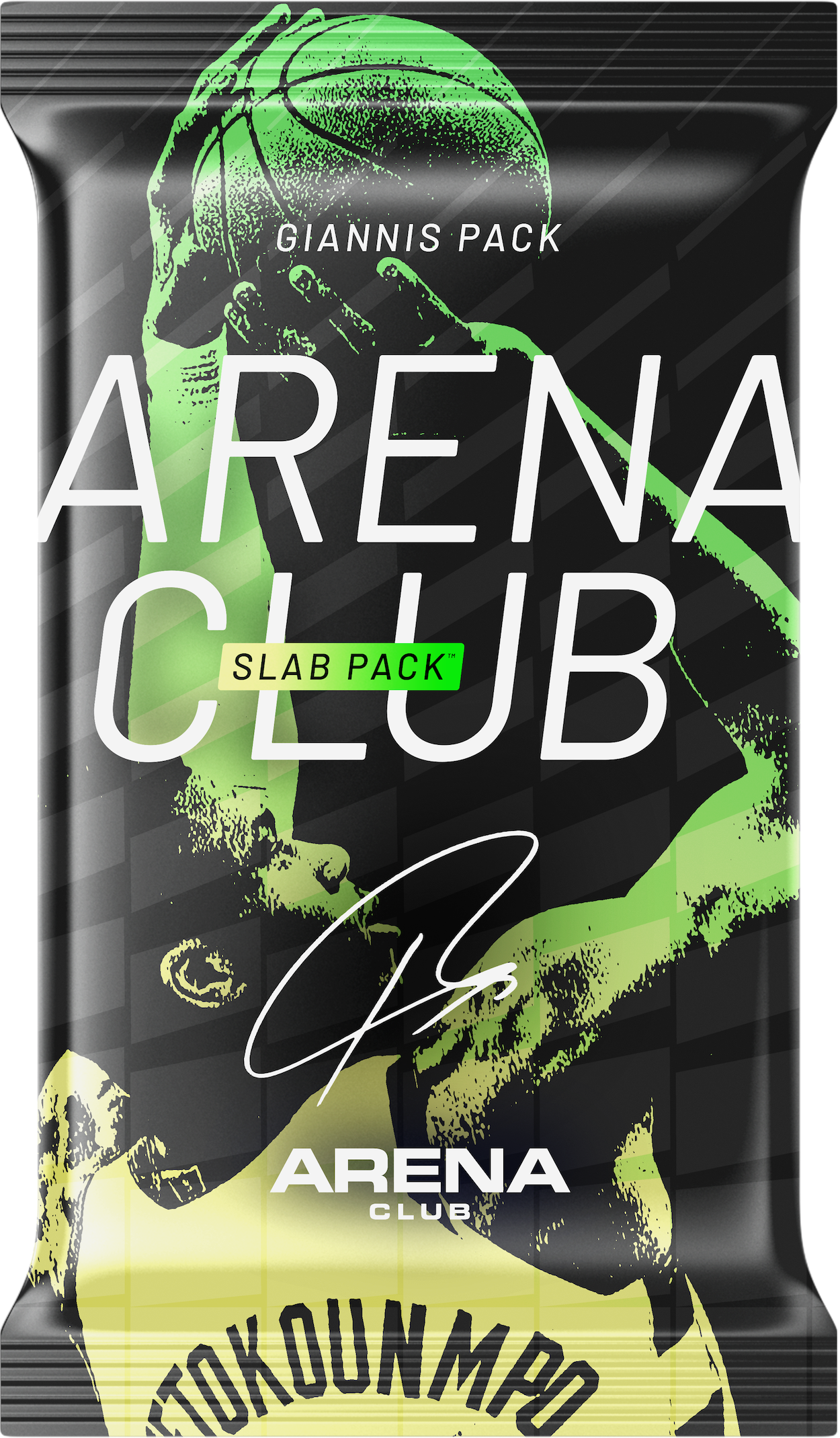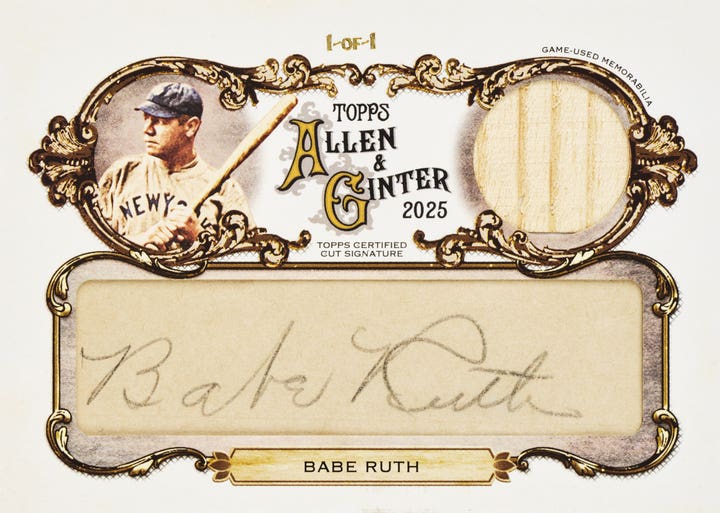Cards
The case of the authenticity of a Babe Ruth card purchased for $2
By Bert Lehman
I consider myself to be an “old school” collector, meaning I have been reluctant to latch on to new innovations that have been introduced to the Hobby over the years.
Even though I may have been reluctant to latch on to such innovations, I’ve always come around and accepted them. Card grading is one of those innovations. I still like raw cards, but I understand the need for a third party to authentic and grade individual cards. With the amount of money being paid for some sports cards these days, collectors need to be sure that the cards they are purchasing are authentic.
The need for grading and authentication has never been more evident than the case of the recently reported discovery of a Babe Ruth card supposedly made by the Shotwell Company in 1921. In February it was reported by several news outlets that a collector from Visalia, California purchased the Ruth card from a dealer in Sparks, Nevada for $2. It was reported that the dealer thought the card was fake.
In an article on the KFSN ABC 30 website dated Feb. 7, it stated the collector took the card to an antique expert in Beverly Hills, who “believed it’s real.”
Immediately upon reading the articles about the discovery of this Ruth card, I was skeptical of its authenticity. I immediately thought it was odd that a collectibles dealer that had a Ruth card for sale wasn’t sure if it was real or not. If you are familiar with the Hobby, you would know that Ruth collectibles are the most valuable in the Hobby. Because of that, if there was even a slim possibility that the Ruth card was authentic, you would immediately get the card authenticated by a third party authentication company that is well respected in the Hobby, such as PSA, Beckett Grading, or SGC.
The news reports about the Ruth card also sparked discussions on the net54baseball.com forum. Most in the discussions were skeptical that the card was real.
News reports about the card resurfaced on March 29 when an article appeared on the KFSN ABC 30 website that stated the Ruth card had been authenticated and determined to be real. The collector was also interviewed for the article.
After reading the article you realize that the card had not been authenticated by PSA, Becket Grading, or SGC, rather the collector sent the card “to a lab to put it through a fiber ID process and compare it to another card from the same era.” The article also stated a Fresno State anthropology professor, who has studied Native American artifacts, analyzed the lab results of the Ruth card. The professor said “the inks and the fiber analysis, both are at least consistent with that time period.”
In the same article the collector claimsan auction house told him a beginning bid for the card would be $1.5 million, and that the card would probably sell for more than $4.5 million.
As I read the article the first thing that came to my mind was, “Why didn’t the collector submit the card to PSA, Beckett Grading, or SGC for authentication?” Many on the net54baseball.com forum must have felt the same way I did, as the discussions revolved around skepticism that the card was authentic.
In my opinion, I don’t think that skepticism will disappear until the card is authenticated and graded by PSA, Beckett Grading, or SGC.
We’ll have to wait and see if that ever happens.
Bert Lehman is the editor of SCD. He can be reached at bert.lehman@fwmedia.com.








